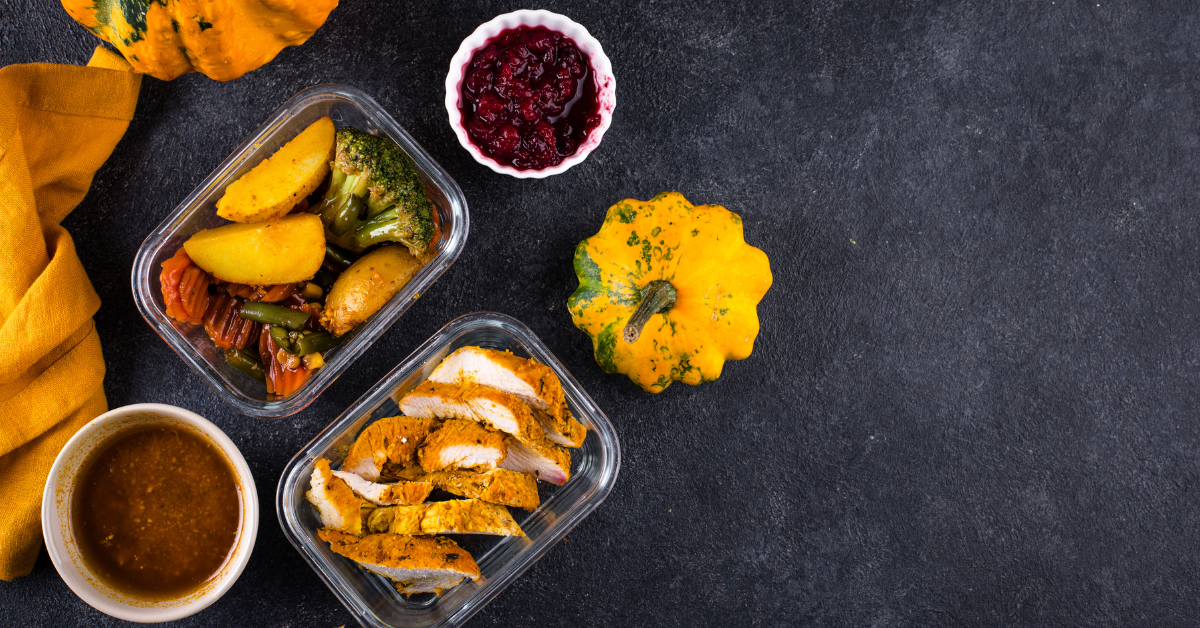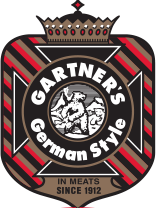Thanksgiving is a food-lovers holiday, and chances are, you’ll have some leftovers from your holiday feast. Storing and freezing your delicious leftovers properly ensures that they’ll remain safe and tasty to enjoy after your celebration is over. Here’s a guide on how to handle, store, and freeze your Thanksgiving leftovers properly.

1. Cool Foods Promptly
One of the most important steps in food safety is promptly cooling down any leftovers. The USDA recommends that perishable foods should not sit out at room temperature for more than two hours, in order to help prevent bacteria from forming. If you’re dealing with a large amount of hot food, divide it into smaller portions or smaller containers to help it cool faster.
2. Use Proper Storage Containers
Choosing the right storage container is key to keeping food fresh in the fridge or freezer. Airtight containers or heavy-duty freezer bags are best for freezing leftovers. Glass and plastic containers with tight-sealing lids work well for the refrigerator, while freezer-safe bags save space and keep your freezer organized. Vacuum-sealing bags can also help to reducing freezer burn.
3. Label with Dates
It’s easy to forget what’s in the back of the fridge or freezer, labeling containers with the contents and the date you stored them can be super helpful. Most leftovers will last 3-4 days in the fridge and 2-4 months in the freezer. For example, leftover turkey, mashed potatoes, and stuffing will keep for up to four days in the refrigerator and up to three months in the freezer. Labeling helps you avoid the mystery food dilemma and ensures you enjoy dishes at their freshest.
4. Know What Freezes Well (And What Doesn’t)
Not every holiday leftover is a good candidate for the freezer. Here’s a quick list of foods that freeze well and those that don’t:
- Good for Freezing: Meats (turkey, ham, roast), cooked vegetables, mashed potatoes, gravy, stuffing (use heavy-duty foil or freezer bags).
- Not Ideal for Freezing: Dishes with high dairy content, like creamy mashed potatoes with lots of butter and cream, salads with fresh greens, or certain gravies with a lot of flour (they may separate upon thawing).
5. Pack in Portions for Quick Meals
Instead of freezing a large batch of turkey or mashed potatoes, consider breaking them down into single-serving portions. This way, you can take out only what you need and avoid thawing too much at once. Packing in smaller portions is especially helpful if you plan to use leftovers for lunches or quick dinners throughout the week.
6. Prevent Freezer Burn
Freezer burn occurs when food is exposed to air, causing it to dehydrate and lose flavor. To prevent freezer burn, make sure to squeeze as much air as possible out of freezer bags, or use a vacuum sealer. You can also wrap items in plastic wrap before putting them in an airtight container for extra protection.
7. Thaw Safely
When it’s time to enjoy your holiday leftovers, thaw them safely. The USDA recommends moving items from the freezer to the fridge the day before you plan to eat it, allowing it to thaw slowly and evenly. For faster thawing, you can submerge freezer bags in cold water, changing the water every 30 minutes. Avoid thawing frozen food at room temperature, as this can promote bacterial growth.
8. Reheat to Safe Temperatures
When reheating leftovers, ensure they reach a safe temperature to eliminate any potential bacteria. Leftovers should be reheated to 165°F, whether in the oven, microwave, or on the stovetop. Use a food thermometer to check for accuracy, especially with thicker dishes like casseroles and meats.
With these simple tips, you can enjoy your holiday favorites even after Thanksgiving. Properly storing and freezing leftovers helps reduce food waste and keeps the holiday spirit going long after the festivities end.

